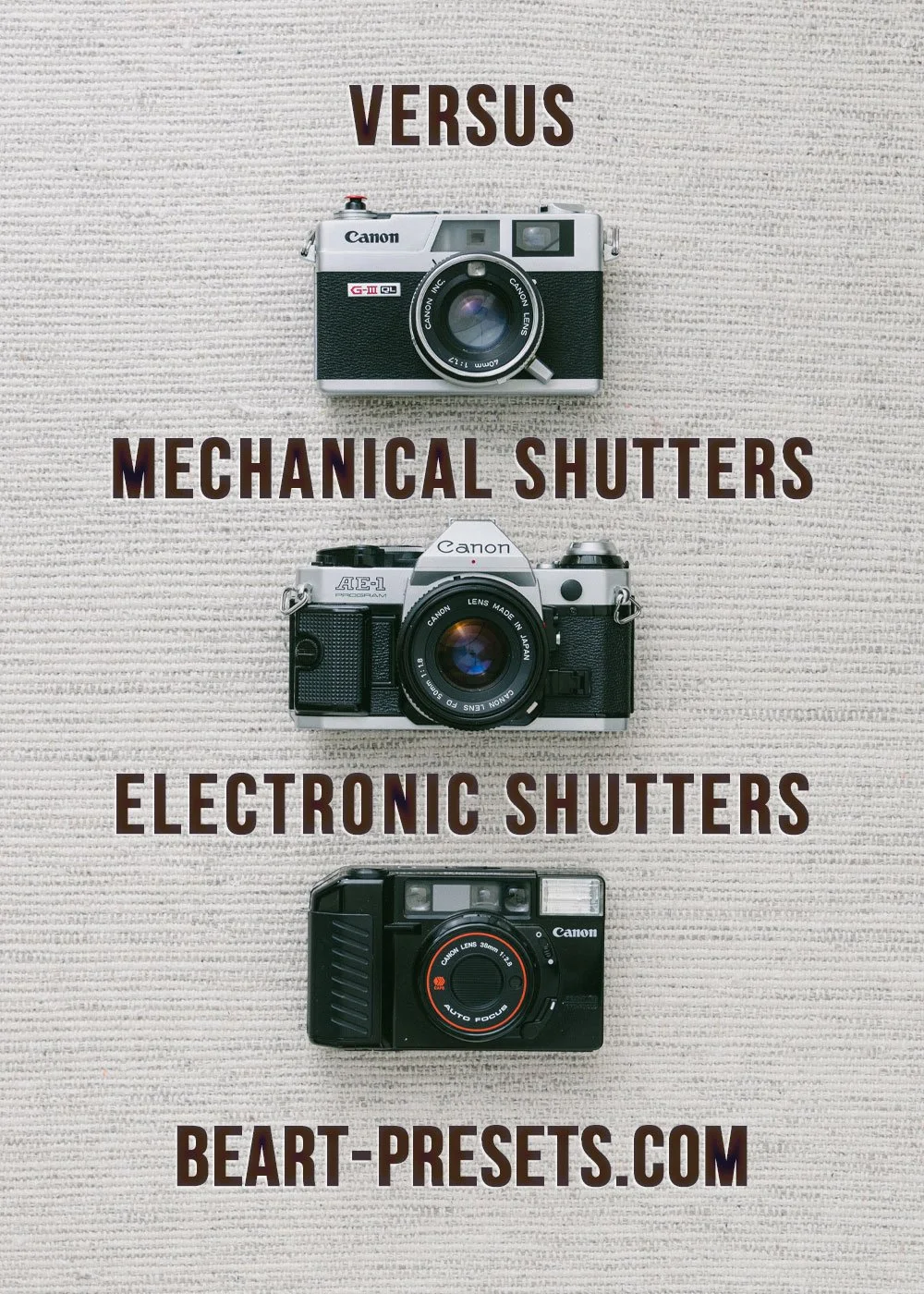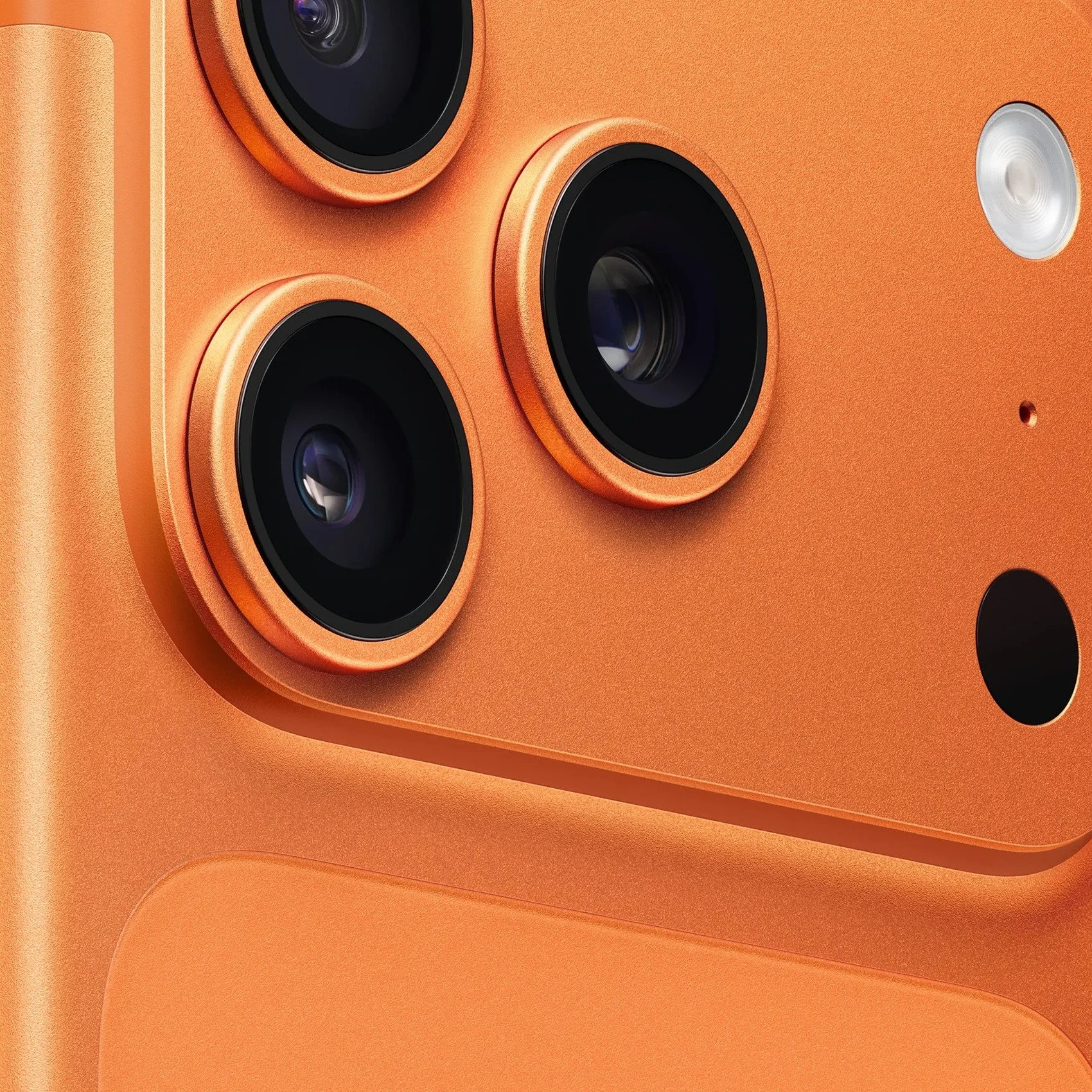Electronic Shutters vs. Mechanical Shutters: What Is The Difference?
As technology progresses, analog technologies are being replaced with digital alternatives. For example, electronic sensors have taken the place of film rolls, and moving mirrors are becoming less common. However, the shutter remains the last piece of technology from the past that has yet to be fully replaced.
While the technology for digital shutters is not yet advanced enough to completely replace mechanical shutters, some cameras offer the flexibility of choosing between a mechanical and electronic shutter for each image, each with its own set of advantages and disadvantages.
Although mechanical shutters have been in use for a while, their eventual replacement by electronic shutters is still pending as the latter technology is not yet fully equipped to take over. Certain cameras give users the option to alternate between different shutter types depending on their requirements. Before delving into the reasons why, it's necessary to understand what a shutter is and its function.
Additionally, it's important to note that other types of shutters, such as central or lens-plane shutters, do exist, but they are beyond the scope of this article as they are less common.
Mechanical Shutters
In photography, the sensor (or film in the past) is responsible for capturing light, but an external mechanism is required to initiate and terminate this process, which is where the shutter comes in. Mechanical shutter systems exist in various forms, with the most common being the two-curtain system that starts and ends the exposure.
There are technically two sets of curtains with multiple blades in each set, known as the first and second curtain shutters, respectively. These are present in about 99% of current mechanical shutter systems.
The curtains in mechanical shutter systems move swiftly and halt abruptly, leading to a major issue of camera shake. Due to the lightweight of their components, the force generated by them is limited, and this problem often goes unnoticed.
However, when using a telephoto lens in combination with modern sensors having high megapixel counts, even the slightest camera shake becomes noticeable. Delaying the shutter release doesn't alleviate the problem because the impact of the curtain shutters takes place at the start of the exposure (and again at the end, which is of no consequence).
When it comes to using Flash and very fast shutter speeds, there is another issue with mechanical shutters. Although the curtains may be fast, they have their limitations. At extremely high shutter speeds, such as 1/4000s, the first curtain opens and exposes the sensor, but the second curtain doesn't wait for the first one to close. Instead, it opens after a brief pause while the sensor is still covered.
Combining this process with Flash can lead to an issue where there isn't enough time for the Flash to fully activate. As a result, only the recently exposed area of the sensor receives the Flash's illumination, leaving the remaining area in darkness.
Special flash programs exist to address this problem, but they are not always available and may not be very effective. While this issue affects other types of shutters as well, we won't delve into it further in this article. Future innovations may offer solutions to this problem.
The movement of shutters imposes a constraint on the number of frames per second that a camera can capture. In other words, mechanical systems have limitations in their speed of operation.
Additionally, mechanical shutters have a finite lifespan and may require servicing when they fail. The duration of their lifespan is subject to change, with some shutters failing after just 100,000 shots while others remain functional for millions of exposures.
Electronic shutters
While it may appear appealing to abandon mechanical curtain shutters altogether and switch to electronically activating the sensor and reading the number of photons in each pixel, it's not that straightforward. Electronic shutters work in this manner, and while it's a good beginning, there are still complications to consider.
Today's commonly used CMOS sensors typically read image data line by line, which can take a surprisingly long time. While mechanical shutter curtains can complete exposure in about 1/200 second, electronic shutters take around 1/30 second to complete the operation and read the number of photons from the entire sensor, though this depends on the specific device.
Generally, newer and more expensive devices tend to be faster. This process is similar to a scanner that reads row by row, but instead of a stationary document, it scans a moving scene, which can create issues.
If you capture a subject in motion or move the camera horizontally while shooting, the resulting image may appear tilted or distorted. This is particularly noticeable in video, where it can create a wobbly or jiggling effect known as the "jello" effect.
Rapidly blinking lights, such as light bulbs and LEDs, can also create an unsightly effect in photos. The lights change their intensity more quickly than the sensor can read, causing some rows to capture light while others do not. A similar issue can occur in photos taken in spaces lit by a combination of daylight and artificial light, as seen in the example with the fans.
Combining the advantages of both mechanical and electronic shutters could be a game-changer. The result could be a hybrid shutter that is fast, silent and has a longer lifespan. This would make it possible to shoot without vibrations, even at high frame rates.
Moreover, it could have improved readout speeds without sacrificing image quality or causing distortion. However, such a technology is yet to be developed, and it remains to be seen how it will perform in practice.
Electronic front/first curtain shutter (EFCS)
Cameras with the electronic front/first curtain shutter (EFCS) feature can start the exposure electronically and complete it mechanically, allowing the sensor to take its time reading the photons in the dark.
This is particularly straightforward in mirrorless cameras, where the first curtain is already out of the way before the start of shooting. However, EFCS is also available in DSLRs.
Although EFCS provides a way to eliminate vibration and slow readout issues, it is not without its drawbacks. It is typically designed for slower shutter speeds, as faster ones (such as 1/4000s and higher) can cause uneven exposures in the image. The coordination between the mechanical and electronic path via the sensor can be complex, and banding may appear in some cases.
Additionally, when using fast shutter speeds and very bright lenses, the bokeh can suffer due to a slight difference in distance between the mechanical blades and the electronic front curtain shutter to the sensor. This can impact the quality of the image.
So, which type of shutter should you choose?
Opting for the mechanical shutter is the safest option if you want to avoid risks. While it may not offer the same level of speed as the electronic shutter and could result in slightly out-of-focus pixels, it will deliver the expected results without any concerns.
There are more advanced options available if you want the best possible image quality. Some cameras have a feature called auto-switching shutter modes, where the camera's processor decides which shutter mode to use.
For slower shutter speeds, it will switch to the EFCS, while for faster ones, it will use the mechanical shutter. This option offers the most versatility for different shooting situations. You can find this option in the camera menu.
If your camera does not have the auto-switching shutter mode, you need to make a decision based on your device's specific settings. It is advisable to check online discussion forums for advice on the best settings for your camera. In general, EFCS is a good starting point, but if you notice any issues in the resulting images, switching back to a mechanical shutter is always an option.
If you prioritize silence or need to capture a high number of frames per second, a fully-electronic shutter is the best option. However, there may be trade-offs, such as higher noise levels and issues with artificial lighting depending on your camera model.
Finally
Camera manufacturers are currently working on developing a universally applicable electronic shutter known as a "global" shutter. This technology would allow all pixels to be turned on and off simultaneously while being read, eliminating the issues discussed earlier and creating a universally compatible system.
This technology already exists and is being used in a few select cameras, but it currently has more noise and technical issues that need to be addressed. Therefore, it is still in the process of being perfected. While we wait for this technology to mature, it's a good idea to learn how to use the current technology available.


















